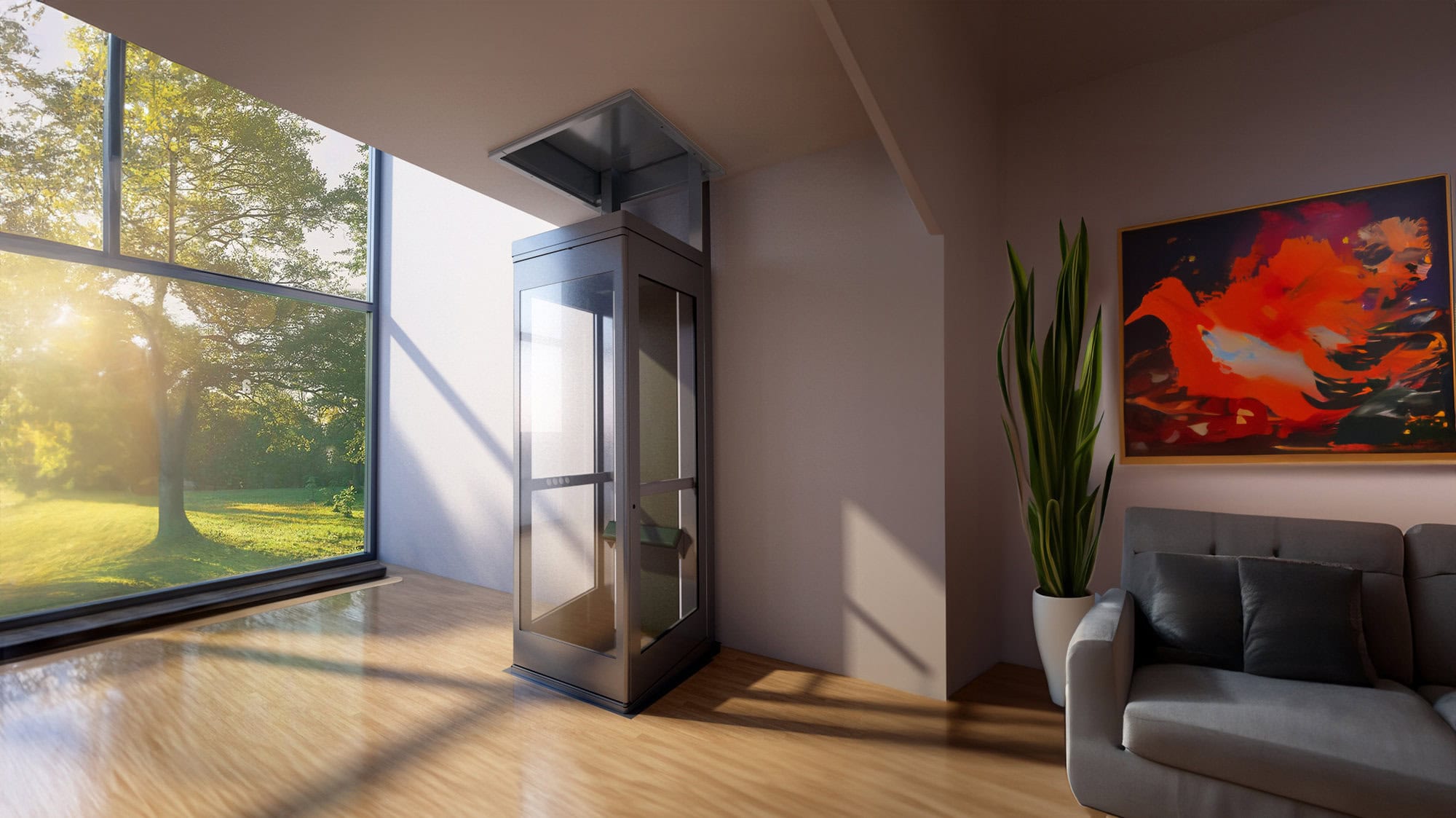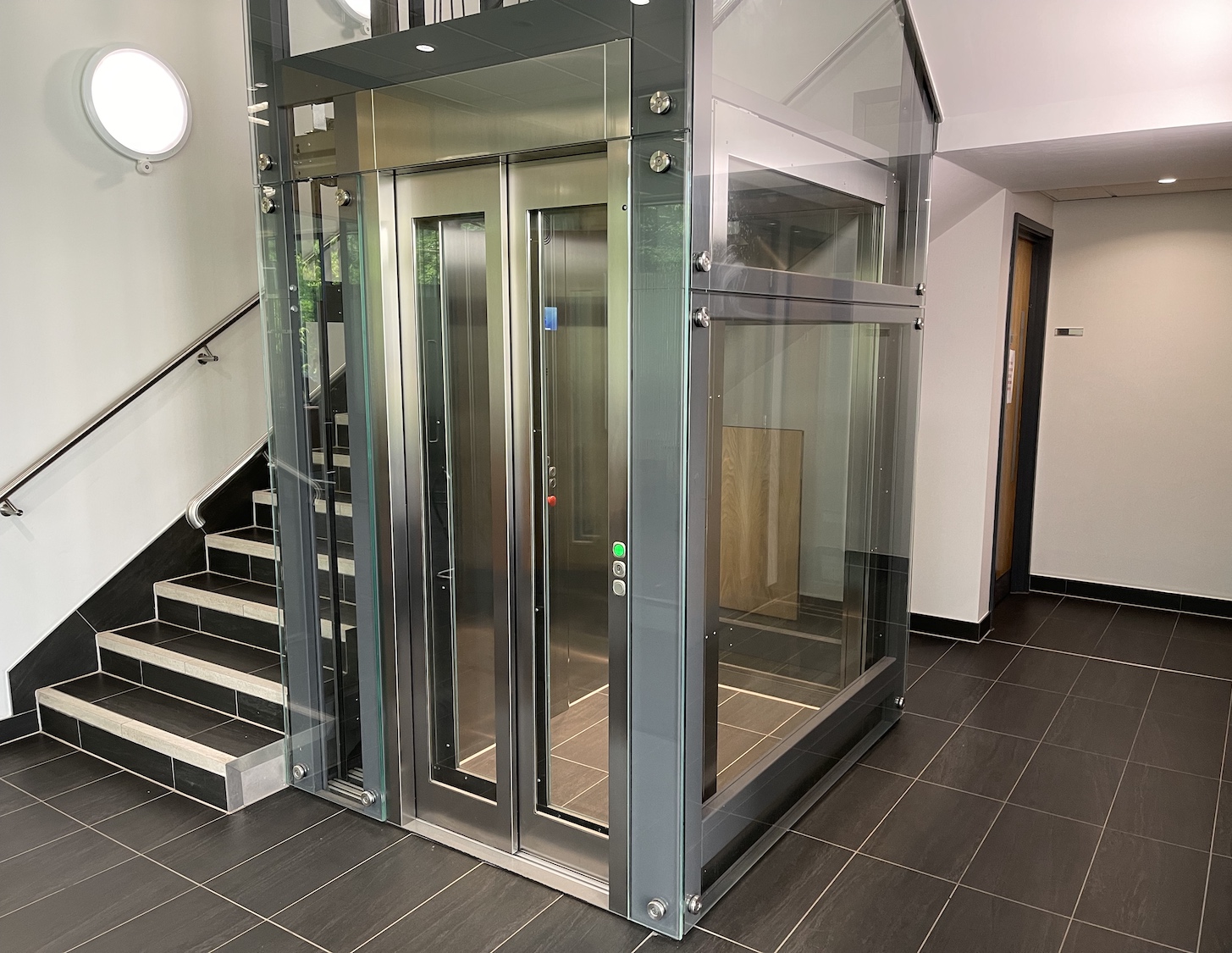Discover Reputable Lift Repair Near Me for Quick and Affordable Solution
Wiki Article
Deciphering the Intricacies of Lift Modern Technology: Troubleshooting Common Problems Across Lift Versions
In the realm of lift innovation, a myriad of details often lie underneath the surface area of what seems a simple system. From slow-moving procedure issues to peculiar noises originating from the equipment, repairing usual troubles across various lift models demands a keen eye for detail and an organized approach - repair and maintenance services. As we begin on this trip to unravel the complexities that can pester these essential devices, a deeper understanding of the internal workings and potential risks of lift modern technology is important. Stay tuned as we navigate through the maze of lift breakdowns, looking for remedies to the enigmatic troubles that can interfere with the smooth performance of these vital devices.Determining Slow Operation Issues

Following, examine the electric links to make sure that all elements are appropriately linked and working. Defective electrical wiring or loose connections can bring about slow operation or complete breakdown of the lift system. In addition, it is vital to examine the control system to figure out if the problem hinges on the shows or sensors.
If the visual evaluation and electrical checks do not disclose the source of the slow procedure, additional diagnostic examinations might be required. These could consist of pressure tests for hydraulic systems, voltage examinations for electrical components, or running analysis software application for the control system. repair and maintenance services. By following a systematic strategy to fixing slow procedure issues, you can successfully settle the issue and identify, making certain the lift operates securely and successfully
Addressing Weird Noises
To properly fix lift technology for odd noises, a comprehensive evaluation of the lift parts complying with the recognition of sluggish procedure issues is essential. Odd noises in lifts can be a sign of underlying troubles that require timely attention to guarantee the safety and security and reliability of the system. Typical resources of unusual sounds in lifts consist of worn-out or misaligned sheaves, harmed electric motor bearings, loose or damaged suspension ropes, and malfunctioning control systems. When attending to strange noises, it is necessary to conduct an organized evaluation of these elements to determine the exact cause of the noise precisely. This might involve looking for any type of noticeable indicators of wear and tear, checking the capability of motor bearings, tightening loose links, and oiling relocating parts as needed.In addition, it is critical to refer to the lift maker's maintenance guidelines and seek support from qualified service technicians when taking care of complicated lift elements or unfamiliar troubleshooting procedures. By promptly solving and attending to odd noises underlying issues, lift drivers can make sure the ideal performance and safety and security of the lift system for guests and operators.
Dealing With Faulty Control Issues
A reliable technique for addressing malfunctioning control problems in lift modern technology involves performing an extensive analysis of the control system's elements and capability. When experiencing concerns with lift controls, it is essential to initial check for any kind of loose links, harmed electrical wiring, or malfunctioning sensing units. Verifying that all control switches, keypads, and display screens are working appropriately is also vital in detecting the problem precisely.
If no noticeable concerns appear, service technicians should proceed to check the control board for any kind of signs of water overheating, corrosion, or damage, as these can typically cause regulate breakdowns. In addition, resetting the control system or updating the software may help fix specific glitches or insects triggering the problem.

Tackling Hydraulic System Malfunctions
The efficiency of hydraulic systems in lifts relies heavily on the appropriate functioning of numerous parts within the system. When hydraulic systems malfunction in lifts, it can lead to functional disturbances and security worries.One more constant hydraulic system malfunction is a loss of stress, which can result from air going into the system, fluid contamination, or pump inadequacies. Professionals can resolve this by hemorrhaging the system to remove air, changing polluted liquid, or servicing the pump as needed. Additionally, irregularities in hydraulic liquid degrees or uncommon noises throughout lift operation might suggest underlying system breakdowns that need prompt attention to avoid additional damage. Regular maintenance and timely troubleshooting of hydraulic system issues are important to making sure the effective and risk-free operation of lift modern technology.
Managing Electric Component Failings
Attending to electrical component failings in lift innovation necessitates an organized technique to identifying and resolving concerns to preserve operational capability and security criteria. When coming across electrical troubles in lift systems, it is vital to first perform a thorough inspection of the electric elements, consisting of control panels, circuitry, sensors, and motherboard. Any type of indicators of damage, deterioration, loose links, or burnt aspects should be very carefully noted and attended to promptly to stop further problems.In the instance of electrical element failings, it Discover More is vital to adhere to producer read this standards for repairing and repair work treatments. This might involve evaluating the parts using multimeters, oscilloscopes, or other diagnostic devices to determine the exact source of the breakdown. In addition, having a comprehensive understanding of the lift's electrical schematics and electrical wiring diagrams can aid in determining and remedying concerns efficiently.
Regular maintenance and assessment timetables can aid prevent electrical failures by finding potential issues early. Correct training for lift professionals on electric systems and components is also important to guarantee precise diagnosis and efficient resolution of electric issues, eventually contributing to the overall safety and reliability of lift operations.
Conclusion
In conclusion, troubleshooting lift technology requires a systematic strategy to recognize and resolve usual troubles such as sluggish operation, unusual noises, faulty controls, hydraulic system breakdowns, and electric element failures. By understanding the complexities of lift modern technology and adhering to appropriate fixing steps, technicians can effectively settle concerns and make sure the risk-free and efficient operation of lifts throughout numerous designs.To effectively repair lift innovation for unusual sounds, a thorough exam of the lift elements following the recognition of sluggish operation concerns is necessary. Unusual sounds in lifts can be a sign of underlying problems that call for timely focus to guarantee the safety and dependability of the system.An effective method for dealing with damaged control issues in lift modern technology includes performing a detailed assessment of the control system's elements and functionality.The efficiency of hydraulic systems in lifts relies greatly on the proper performance of different components within the system. repair and maintenance services. When coming across electrical issues in lift systems, it is critical to initial carry out a thorough assessment of the electrical parts, consisting of control panels, wiring, sensing units, and circuit boards
Report this wiki page